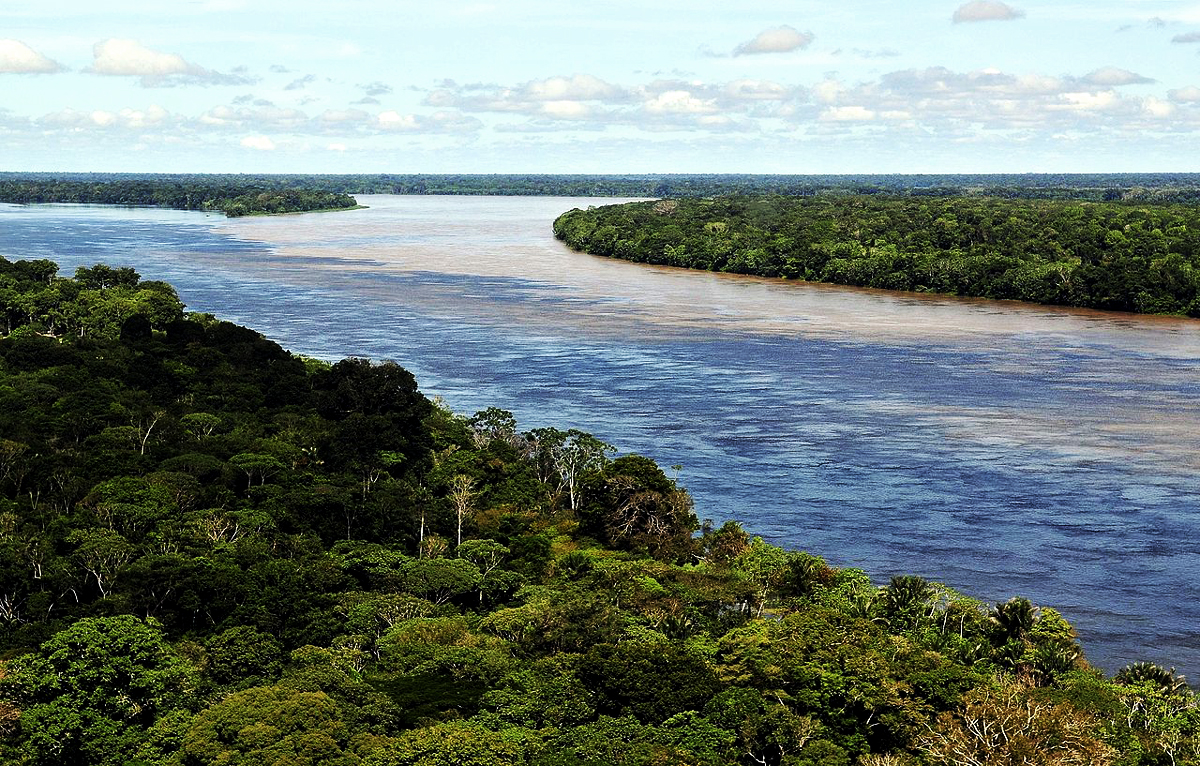


An article by Will Dunham on Reuters - South America's prehistoric people spread like 'invasive species' - reports on the ecological impact of the prehistorical colonisation of the ecosystem now known as South America.
human #ecological impact in #SouthAmerica #prehistoryhttps://t.co/6moh6BD1Ch pic.twitter.com/vcRr9X7zgZ
— Bradshaw Foundation (@BradshawFND) April 7, 2016
'When the first prehistoric people trekked into South America toward the end of the Ice Age, they found a wondrous, lush continent inhabited by all manner of strange creatures like giant ground sloths and car-sized armadillos.'

According to the research, published recently in the journal Nature, these hunter-gatherers proceeded to behave like an 'invasive species,' with their population surging then crashing as they relentlessly depleted natural resources. Only much later did people muster exponential population growth after forming fixed settlements with domesticated crops and animals.
The researchers, including Stanford University biology professor Elizabeth Hadly and Stanford anthropologist Amy Goldberg, identified two distinct colonization phases: the first unfolding about 14,000 to 5,500 years ago, with the human population hitting around 300,000; the second occurring about 5,500 to 2,000 years ago, with the population reaching about a million. This was based on radiocarbon-dating data from 1,147 archaeological sites.
According to this report, 'our species first appeared in Africa about 200,000 years ago, then spread to Europe and Asia and eventually crossed into the Americas roughly 15,000 to 20,000 years ago using a land bridge that once connected Siberia and Alaska. The first phase of colonization in South America coincided with the extinction of many large animals including elephant relatives, saber-toothed cats, big ground sloths, armadillos and huge flightless birds. During this period, human populations underwent "boom-and-bust cycles" as people exhausted local plant and animal resources.'
'Some people, particularly in certain Andes regions, began domesticating animals and growing crops including squash and peppers. But most remained nomadic. About 5,000 years ago, people settled into stable societies, launching 3,000 years of exponential growth when the continent's population roughly tripled. Large settlements, not merely stable food sources, allowed humans to 'conquer' their environment and grow unbounded.'
Image(top): Amy Goldberg.
Image(bottom): Neil Palmer/CIAT/commons.wikimedia.org
Read more about the colonisation of the Americas:
http://www.bradshawfoundation.com/south_america/serra_da_capivara/index.php
by Bradshaw Foundation
Tuesday 21 March 2023
by Bradshaw Foundation
Tuesday 07 February 2023
by Bradshaw Foundation
Thursday 19 May 2022
by Bradshaw Foundation
Tuesday 19 October 2021
by Bradshaw Foundation
Friday 25 June 2021
by Bradshaw Foundation
Monday 09 November 2020
by Bradshaw Foundation
Tuesday 03 November 2020
by Bradshaw Foundation
Wednesday 28 October 2020
by Bradshaw Foundation
Tuesday 23 June 2020
by Bradshaw Foundation
Thursday 04 June 2020
by Bradshaw Foundation
Thursday 14 May 2020
by Bradshaw Foundation
Tuesday 12 May 2020
by Bradshaw Foundation
Wednesday 19 February 2020
by Bradshaw Foundation
Tuesday 21 January 2020
by Bradshaw Foundation
Monday 20 January 2020
by Bradshaw Foundation
Thursday 28 November 2019
by Bradshaw Foundation
Tuesday 21 March 2023
by Bradshaw Foundation
Tuesday 07 February 2023
by Bradshaw Foundation
Thursday 19 May 2022
by Bradshaw Foundation
Tuesday 19 October 2021
by Bradshaw Foundation
Friday 25 June 2021
by Bradshaw Foundation
Monday 09 November 2020
by Bradshaw Foundation
Tuesday 03 November 2020
by Bradshaw Foundation
Wednesday 28 October 2020
by Bradshaw Foundation
Tuesday 23 June 2020
by Bradshaw Foundation
Thursday 04 June 2020
by Bradshaw Foundation
Thursday 14 May 2020
by Bradshaw Foundation
Tuesday 12 May 2020
by Bradshaw Foundation
Wednesday 19 February 2020
by Bradshaw Foundation
Tuesday 21 January 2020
by Bradshaw Foundation
Monday 20 January 2020
by Bradshaw Foundation
Thursday 28 November 2019
Friend of the Foundation











